Cats have long captivated humans with their enigmatic behaviors and quirky personalities. This allure has spawned numerous myths and folklore over the ages. However, scientific research has increasingly shed light on the true nature of our feline friends. In this article, we will debunk eight common myths about cat behavior, providing clarity and understanding for cat enthusiasts and pet owners alike.
Myth 1: Cats Are Solitary Creatures
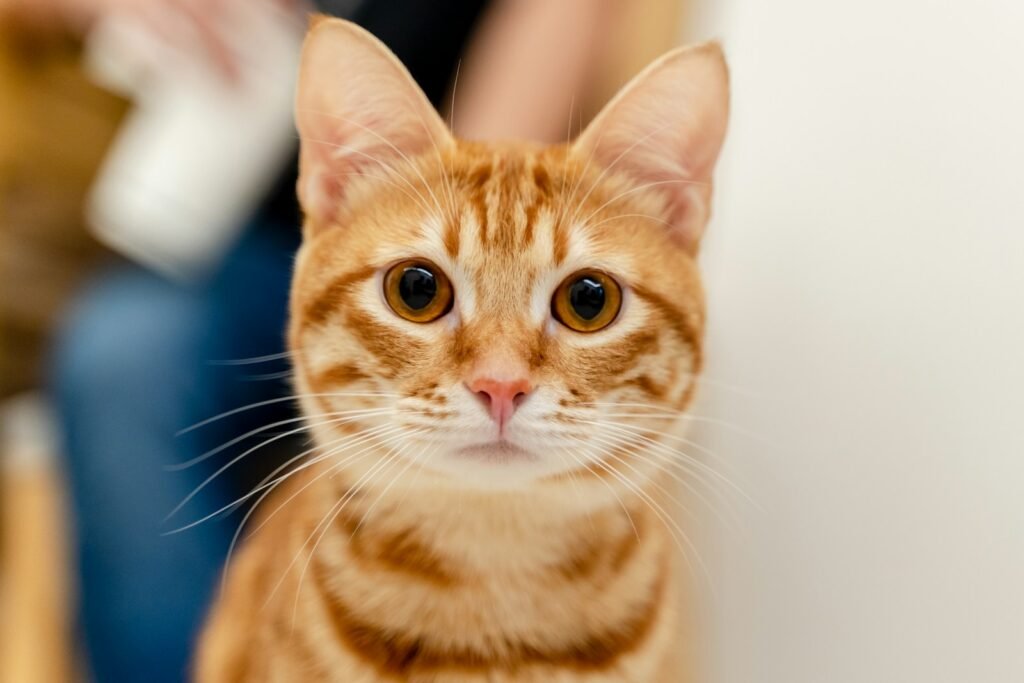
One of the most pervasive myths about cats is that they are solitary animals, uninterested in social interactions. While cats are indeed more independent than dogs, research shows they are not the lone wolves many believe them to be. Studies conducted on feral cat colonies reveal that cats can form complex social structures and establish genuine bonds with both humans and other animals. Indoor cats, too, often exhibit affectionate behavior, seeking companionship and playtime with their human counterparts.
Myth 2: Cats Are Aloof and Unaffectionate
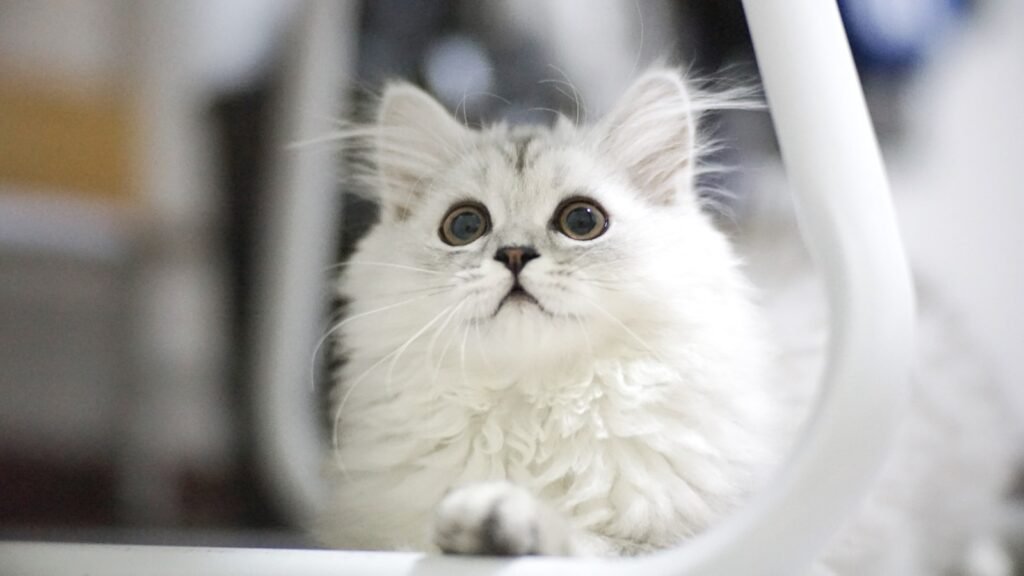
Many people perceive cats as being detached or indifferent to their human caretakers. However, this stereotype doesn’t hold up under scientific scrutiny. Cats express affection differently than dogs, often in subtler ways, such as purring, kneading, or gently head-bumping. Research indicates that cats can form strong emotional bonds with their owners, similar to the attachment children have to their caregivers. So next time your cat curls up beside you, take it as a sign of trust and affection.
Myth 3: Cats Always Land on Their Feet
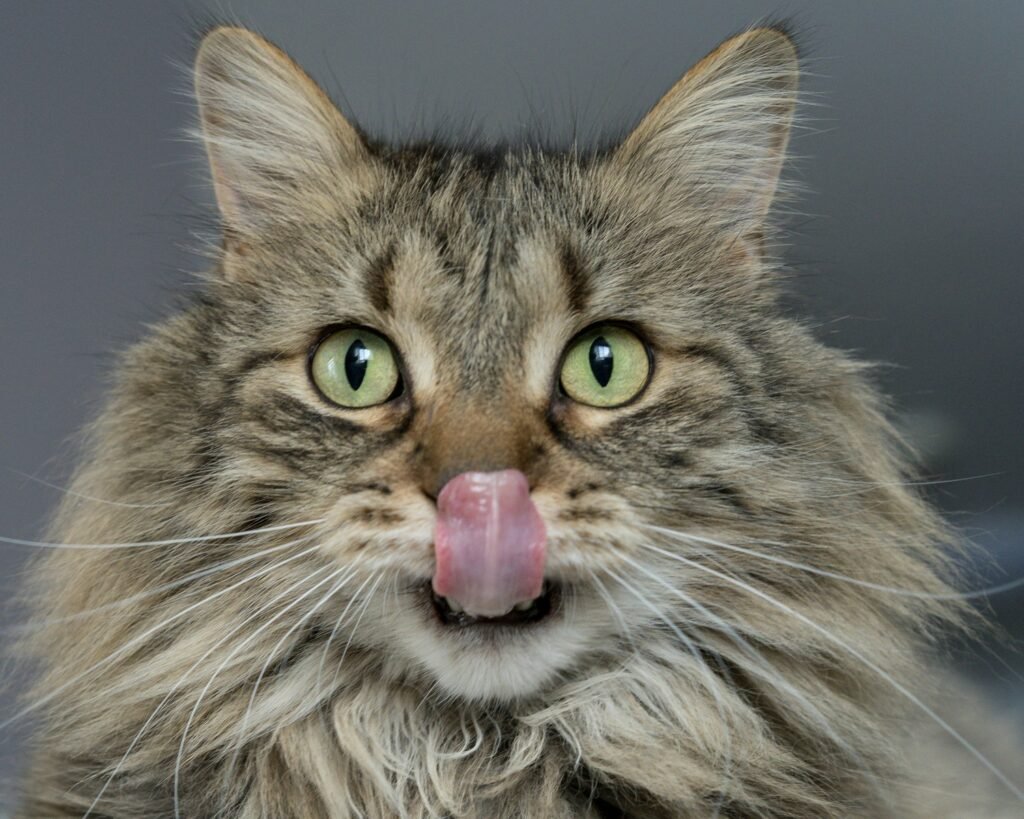
The belief that cats always land on their feet stems from their remarkable righting reflex, which enables them to twist their bodies mid-air to land safely on their paws. While quite adept at protecting themselves from falls, cats are not infallible. The height from which a cat falls significantly impacts whether they can land safely. Cats can still sustain injuries from high falls, leading to the “high-rise syndrome,” especially in urban environments. Pet owners should ensure windows and balconies are made secure to prevent such accidents.
Myth 4: Cats Purr Only When They Are Happy
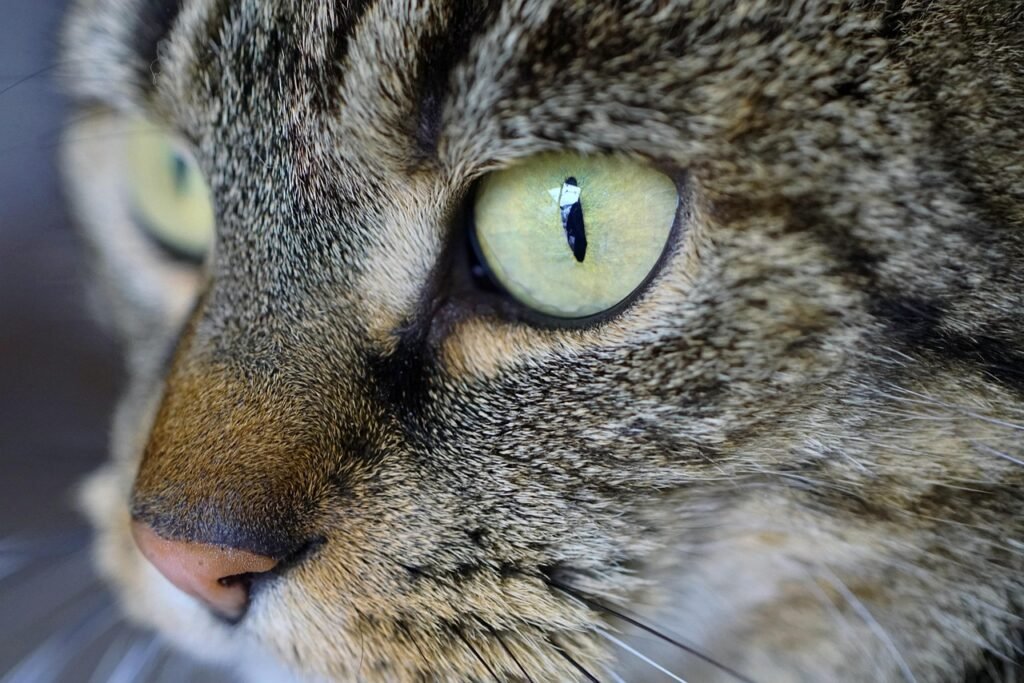
Purring is commonly associated with a cat’s contentment, but in reality, it serves various purposes. Cats might purr when relaxed and happy, but they also purr when frightened, in pain, or even when close to death. Some scientists theorize that purring can have a self-soothing effect, helping cats remain calm and recover by releasing endorphins. Understanding that purring is multi-faceted can help pet owners better gauge their cats’ emotions and health.
Myth 5: Cats Bite for No Reason
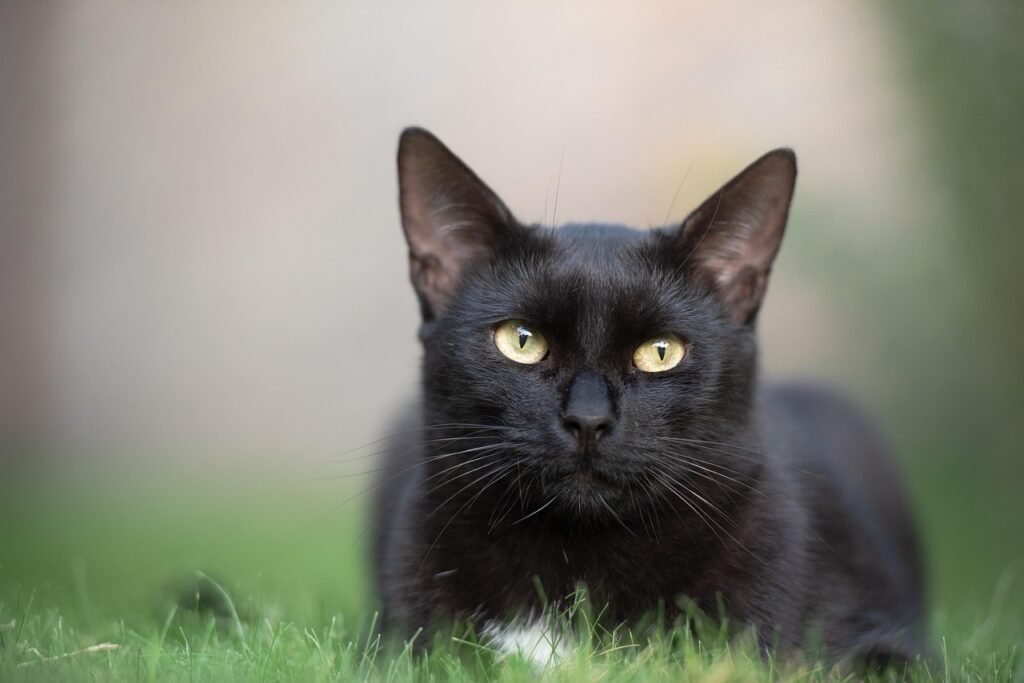
It’s a common misconception that cats bite unpredictably and without cause. In truth, cats use biting as a form of communication when something in their environment is amiss. Whether they are overstimulated during play, feeling threatened, or experiencing discomfort, biting can serve as a signal to stop or adjust their circumstances. Learning to read a cat’s body language, such as changes in tail movements or ear positions, can preemptively prevent such incidents.
Myth 6: A Cat’s Nighttime Activity Means They Are Nocturnal
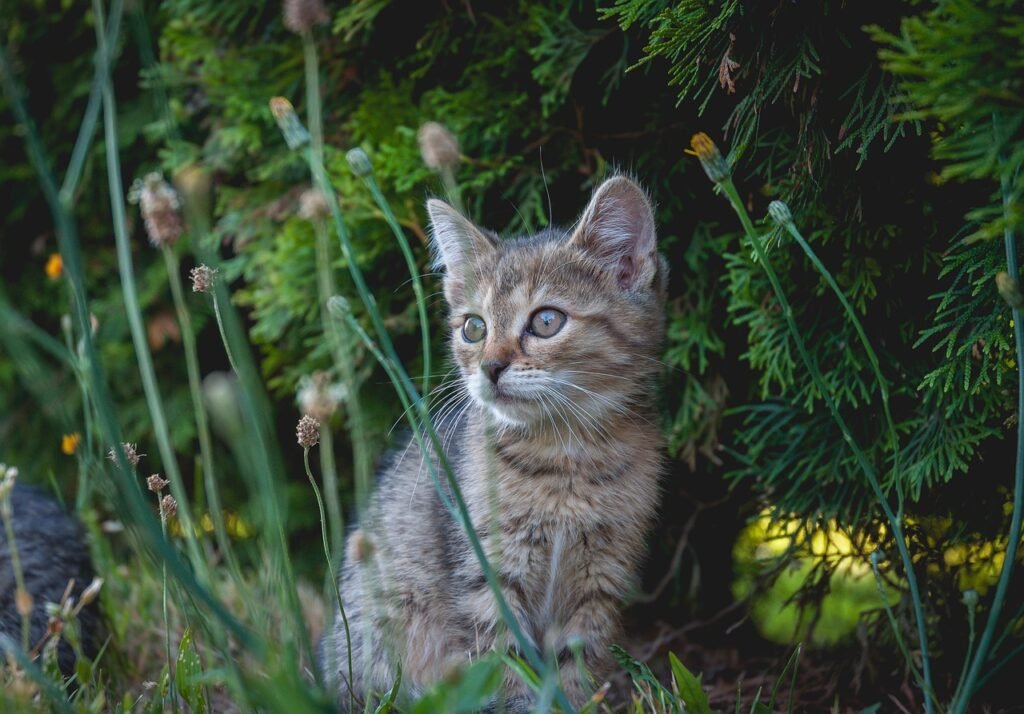
Cats’ bursts of energy at night can give the impression they are nocturnal. In fact, domestic cats are crepuscular, meaning they are most active during twilight hours—dawn and dusk. These activity patterns stem from their wild ancestors’ hunting routines. Providing cats with engaging play during their active hours and establishing a consistent routine can help moderate nighttime antics.
Myth 7: Cats Can Drink Milk with No Consequences
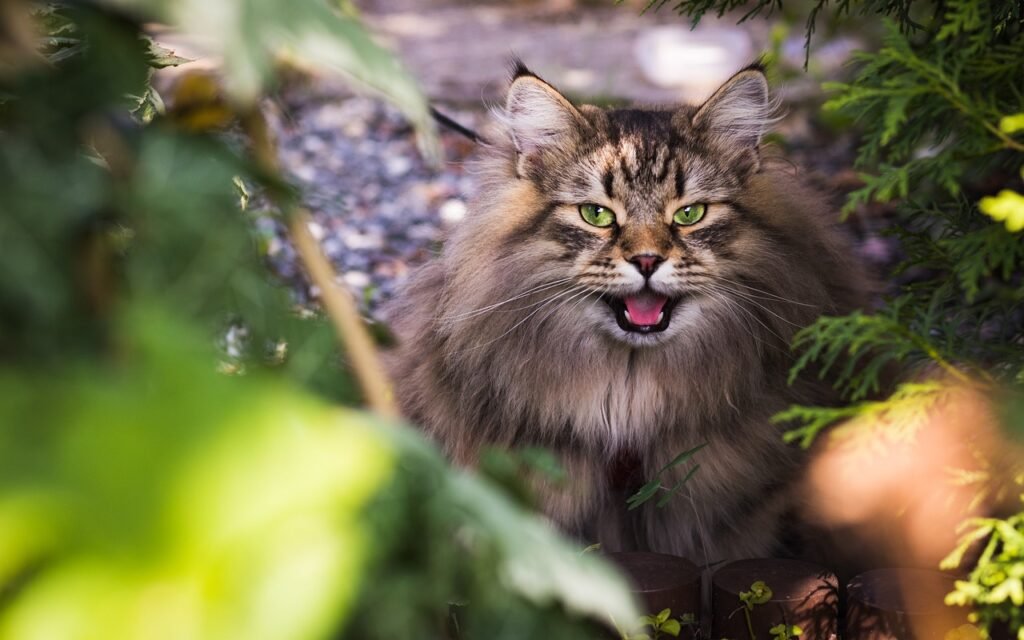
The image of a cat lapping up a saucer of milk is a staple in popular culture, but this couldn’t be further from the truth for most adult cats. While kittens produce lactase—the enzyme that breaks down lactose—this diminishes as they age. Consequently, many adult cats are lactose intolerant and consuming milk can lead to digestive issues like diarrhea. Fresh water is the best and safest choice to keep cats hydrated and healthy.
Myth 8: Cats Won’t Show Pain
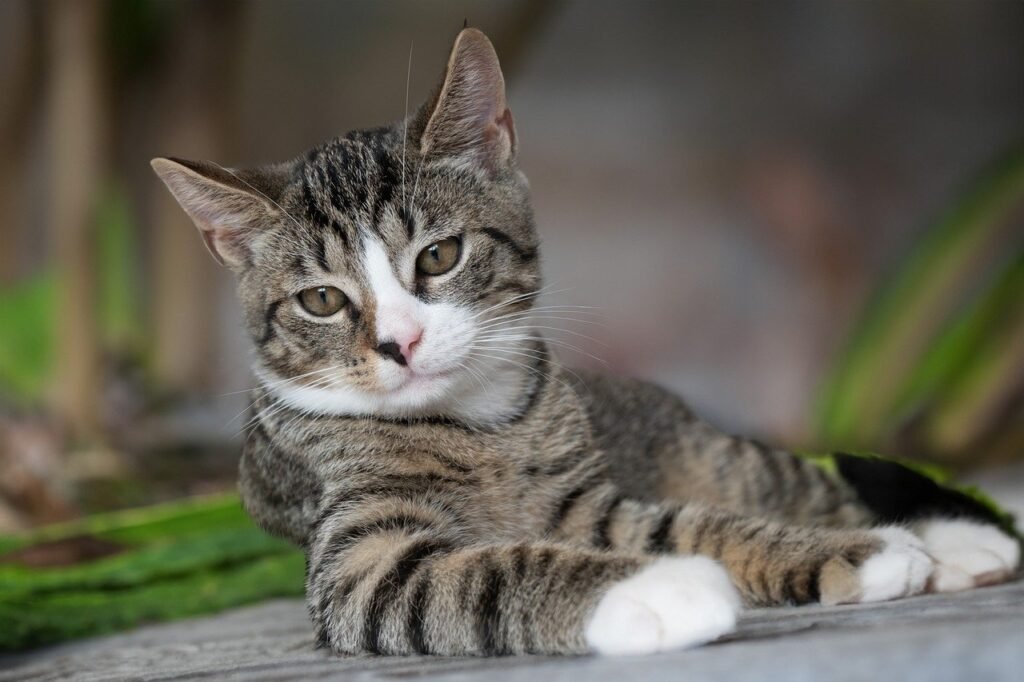
Cats are known for concealing their pain, a trait evolved from their wild ancestors to prevent appearing vulnerable to predators. However, this doesn’t mean cats do not show signs of pain, but rather that the cues can be more subtle. Changes in behavior, appetite, grooming habits, or social interaction can all indicate discomfort or illness. Attentive cat owners can better ensure the health and wellbeing of their pets by recognizing and responding to these early signs.
In conclusion, understanding our feline companions requires dispelling myths and appreciating the science behind their behaviors. By learning the truth about these common misconceptions, cat owners can foster healthier relationships and environments for their pets. Embracing the complex, fascinating nature of cats not only deepens our connection with them but also enhances their well-being in our care.
Hi, I’m Bola, a passionate writer and creative strategist with a knack for crafting compelling content that educates, inspires, and connects. Over the years, I’ve honed my skills across various writing fields, including content creation, copywriting, online course development, and video scriptwriting.
When I’m not at my desk, you’ll find me exploring new ideas, reading books, or brainstorming creative ways to solve challenges. I believe that words have the power to transform, and I’m here to help you leverage that power for success.
Thanks for stopping by, Keep coming to this website to checkout new articles form me. You’d always love it!






